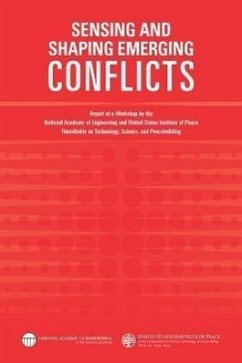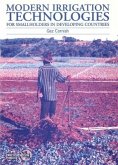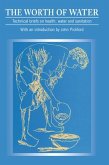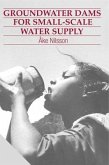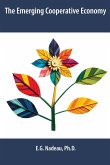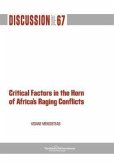Technology has revolutionized many aspects of modern life, from how businesses operate, to how people get information, to how countries wage war. Certain technologies in particular, including not only cell phones and the Internet but also satellites, drones, and sensors of various kinds, are transforming the work of mitigating conflict and building peaceful societies. Rapid increases in the capabilities and availability of digital technologies have put powerful communications devices in the hands of most of the world's population. These technologies enable one-to-one and one-to-many flows of information, connecting people in conflict settings to individuals and groups outside those settings and, conversely, linking humanitarian organizations to people threatened by violence. Communications within groups have also intensified and diversified as the group members use new technologies to exchange text, images, video, and audio. Monitoring and analysis of the flow and content of this information can yield insights into how violence can be prevented or mitigated. In this way technologies and the resulting information can be used to detect and analyze, or sense, impending conflict or developments in ongoing conflict. On October 11, 2012, the National Academy of Engineering (NAE) and the United States Institute of Peace (USIP) held a workshop in Washington, DC, to identify "major opportunities and impediments to providing better real-time information to actors directly involved in situations that could lead to deadly violence." The workshop brought together experts in technology, experts in peacebuilding, and people who have worked at the intersections of those two fields on the applications of technology in conflict settings, to consider uses of technology to sense emerging and ongoing conflicts and provide information and analyses that can be used to prevent violent and deadly conflict. Sensing and Shaping Emerging Conflicts: Report of a Joint Workshop of the National Academy of Engineering and the United States Institute of Peace: Roundtable on Technology, Science, and Peacebuilding summarizes the workshop.
Hinweis: Dieser Artikel kann nur an eine deutsche Lieferadresse ausgeliefert werden.
Hinweis: Dieser Artikel kann nur an eine deutsche Lieferadresse ausgeliefert werden.

